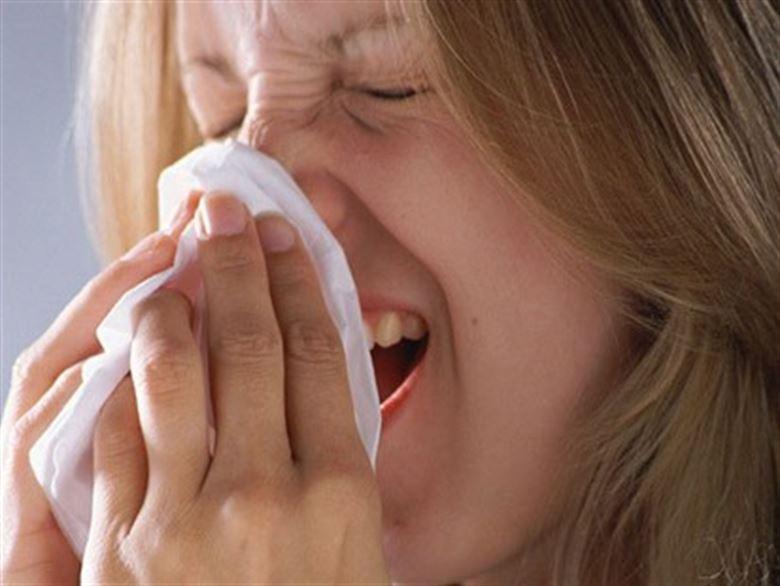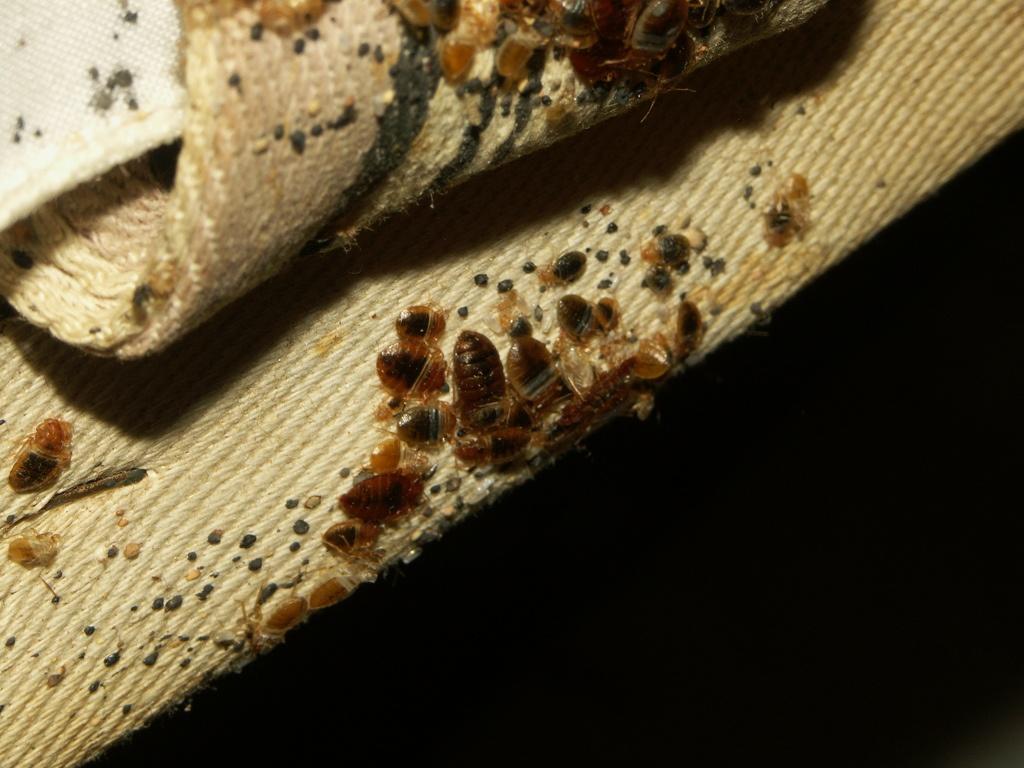 It’s long been believed that bed bugs pose no significant physical danger to humans. They don’t carry any diseases or pathogens that could be passed on to people. However a new study from North Carolina State University suggests we may need to reassess the risks.
It’s long been believed that bed bugs pose no significant physical danger to humans. They don’t carry any diseases or pathogens that could be passed on to people. However a new study from North Carolina State University suggests we may need to reassess the risks.
Researchers have discovered that bed bugs can actually increase the risk of deadly asthma and other allergic reactions, even after the pesky parasites have been eradicated from our homes.
That’s because the insects leave behind a chemical called histamine in their feces, which triggers allergy symptoms in many individuals. So not only do these unwelcome visitors suck our blood while we sleep, they also leave behind hazardous droppings on our mattresses, bedframes, baseboards and furniture.
These droppings, which are loaded with histamine, often linger long after pest controllers have removed the bed bugs. The histamine causes ongoing illness and allergic reactions, including runny nose, sneezing, itching eyes and difficulty breathing. It can also cause skin rashes and inflammation of the airways, which is particularly dangerous for individuals with asthma and other respiratory conditions.
The study, published in the journal PLOS One, involved testing 30 North Carolina apartments. Of these apartments, some were infested, some had recently been treated, and some had never been infested. The researchers found that bug-infested homes had histamine levels 20 times greater than homes with no bed bugs, and the histamine levels remained elevated for months after the insects had been removed.
“Infestations can reach exceedingly high levels, especially among the elderly and in disadvantaged communities, where interventions may be unaffordable,” said the report’s lead author, Zachary DeVries. “While bed bug bites have been recognized as a dermatological concern that can be exacerbated and lead to secondary infections, bed bugs have not been implicated as disease vectors or allergen producers. The results of this study demonstrate that the presence of bed bugs strongly correlates with histamine levels in homes, and thus may adversely affect the health of residents through exposure to exogenous histamine.”
DeVries believes the danger associated with bed bug histamine could rival that caused by allergy to dust mites and cockroaches. But unlike those insects, bed bugs like to remain close to humans, magnifying their impact.
DeVries warns that the bugs use histamine to mark good places to aggregate, such as bedrooms, thereby bringing the chemical in close proximity to humans. DeVries also notes that low-income households may be hardest hit, since they are less able to afford the treatments necessary to deal with the pests.
If you really want to get rid of bed bugs today try SayByeBugs! It was developed as a safe and highly effective alternative among a sea of products that rarely deliver on their promises.









